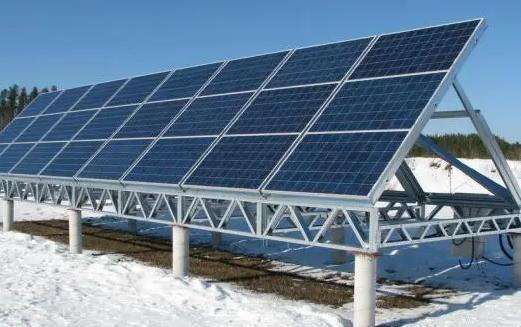The disadvantages of fluorine-free solar backsheets are as follows.
1. Fluorine-free basesheet production has high pollution and high energy consumption.
2. The energy distribution density of irradiation is small, which means that it occupies a large area.
3. The energy obtained is related to the four seasons, day and night, cloudy and sunny weather conditions, etc.
4. Compared to thermal energy production, the cost of electricity. the generation is raised.
Is cesium or rubidium used in solar cell backsheet film
The other name is solar cell backsheet film.
Solar cell backsheet is also called solar cell backsheet film, photovoltaic backsheet, photovoltaic backsheet film and solar backsheet.
Widely used in communicationssolar cell (photovoltaic) installers, located on the back of the solar panel, it protects the solar cell components from erosion by water vapor in outdoor environments, blocks oxygen and prevents internal oxidation of components. and has reliable insulation, water resistance, aging resistance, high and low temperature resistance and corrosion resistance.
No need.
Solar cell backsheets do not require the use of cesium and rubidium. The backsheet of solar cells mainly plays the role of protecting and supporting the cells and must have reliable insulation, water resistance and aging resistance. Cesium and rubidium are chemical elements and are not used in the manufacturing of solar cell backsheets. Solar panels themselves have many advantages, such asu reliable operation, long life, low maintenance costs, use of natural energy, no noise pollution, modularity, safety and independent power supply, etc. These benefits make solar cells a sustainable energy choice.














